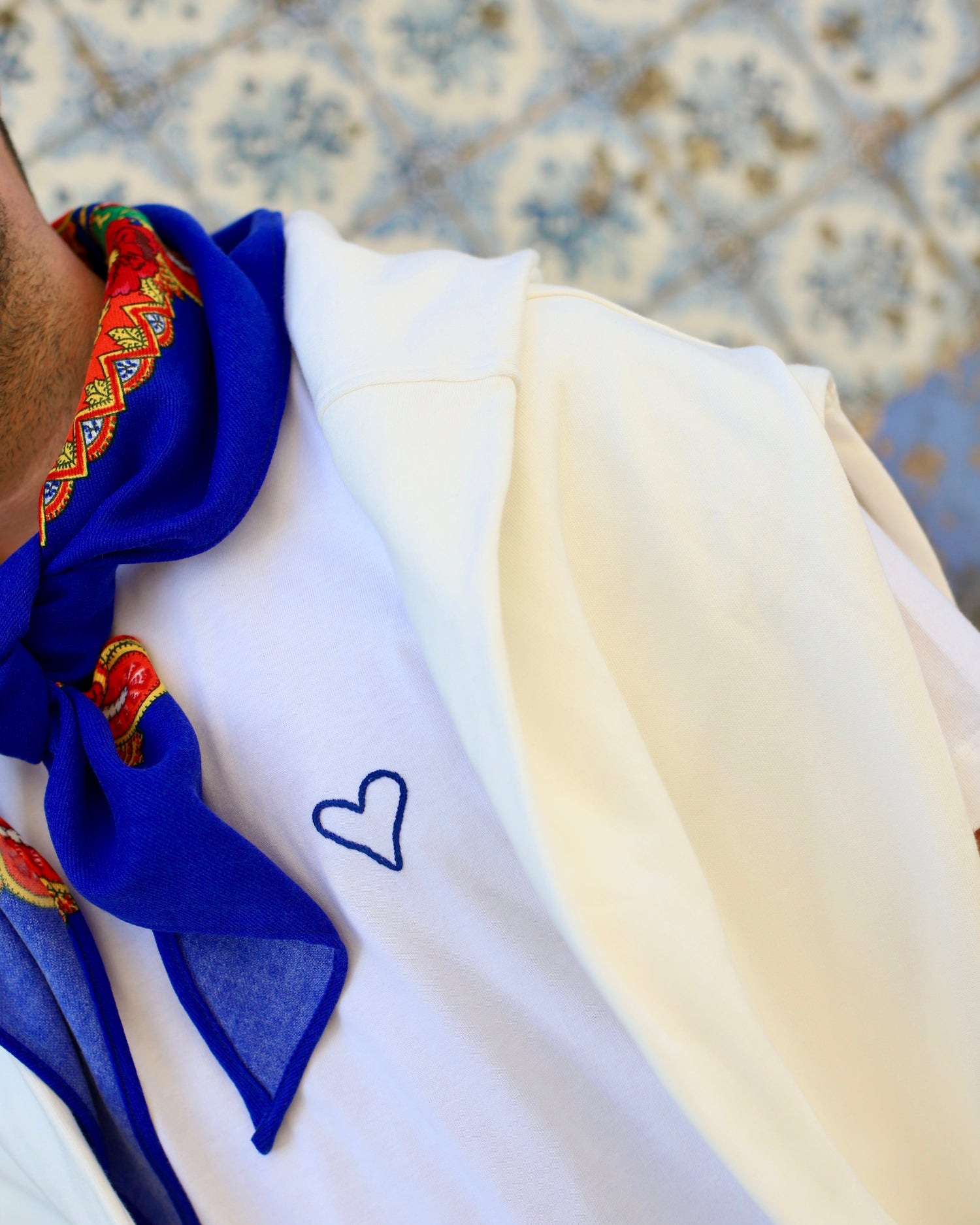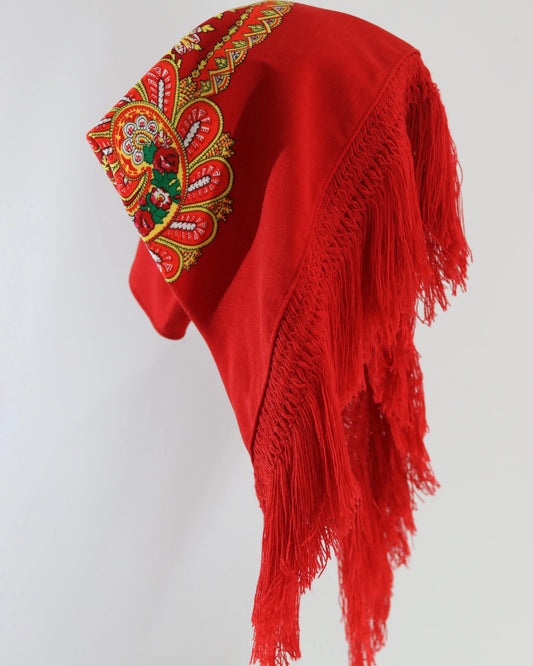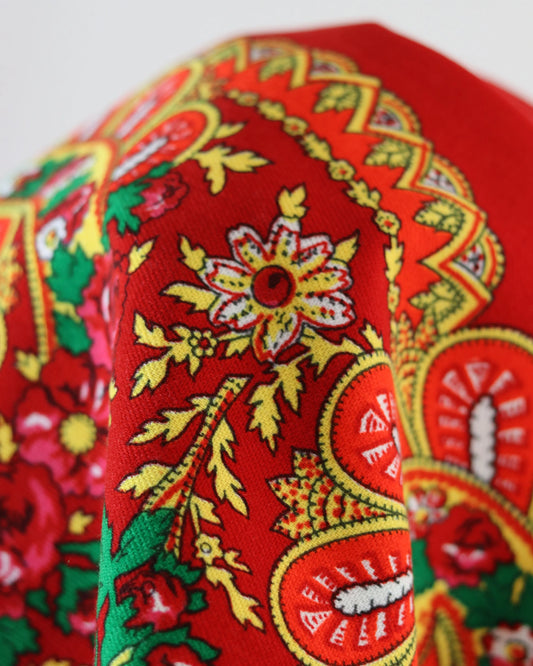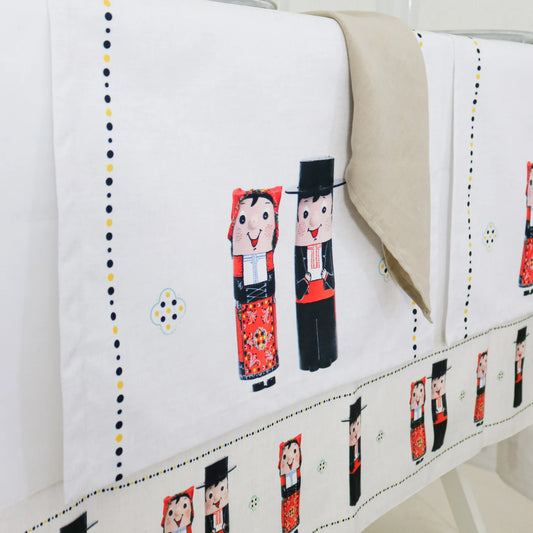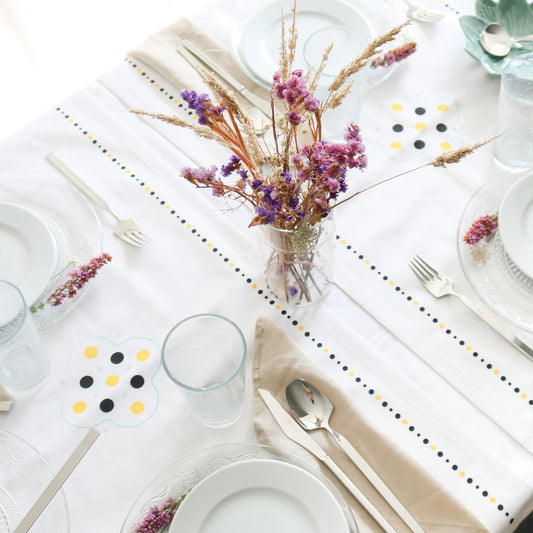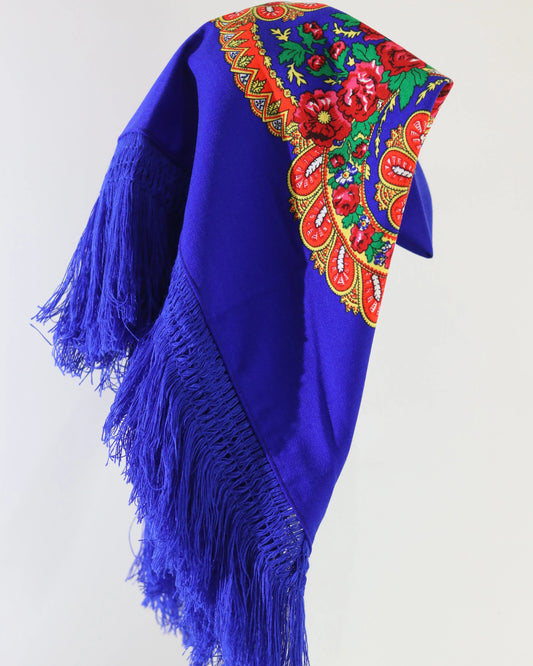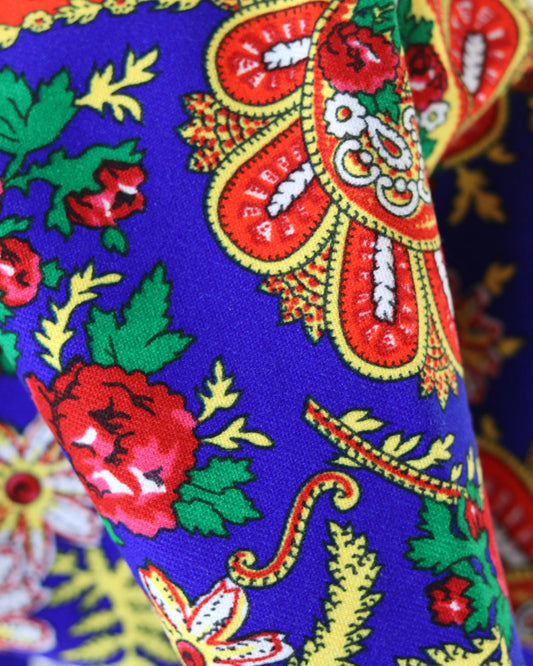Fascination of accordions at the agony festivals
Anyone who has felt the vibration of the first notes of an accordion on the streets of Viana do Castelo in the middle of August knows there's more than music there. There's complicity. There's memories returning, feet tapping on the cobblestones, laughter flowing freely, eyes shining in the light of the festival. Between the lively sound of the reeds and the precise rhymes of the challenging songs, the party takes shape and breathes. It's this dialogue between instrument and voice that creates the center of the festival, that spot where even passersby quicken their pace to linger.
The pilgrimage stirs the city and its visitors. The accordions call, the singers respond, the rusgas approach, and suddenly the street becomes a stage. There's no official schedule for this gathering, because the best part is that it begins on its own, next to the square, at the door of the tavern, on the corner where two more couples can dance. And that's how the tradition lives on: with the pulse of the people.
What makes the accordion so irresistible
The accordion is a free-wind instrument, related to the accordion, but with its own personality. It's diatonic and bisonorous: opening and closing the bellows produces different notes, giving Minho rhythms a nervy, festive pulse. Listeners quickly notice that it moves the body, even before the mind is organized.
The mechanics are simple in appearance, demanding in practice. On the right, rows of buttons provide the melodies, in rows tuned in pairs of fifths, such as D-G or G-C. On the left, basses and chords, the rhythmic base that drives the beat. Many instruments have stops that remove thirds from chords, to open the harmonic range between major and minor without restricting the color. This flexibility pleases those who go from vira to chula without wanting to change the soul of the sound.
Why do you stick around at the party so much?
- Instant rhythmic attack, with an accent that invites you to dance
- Enough volume to control an entire square without electricity
- Cutting timbre, which cuts through the hustle and bustle and stays above the conversations
- Portability and robustness, ideal for a procession that moves from street to street
The accordion isn't just accompaniment. It has a voice and an opinion. Between markings, plucking, and pealing, it provides musical commentary on the singers' stanzas, builds suspense before the final verse, and closes the responses with small sparks of virtuosity that bring a smile to the faces of those familiar with the language.
From the fair to the stage: how the challenge unfolds
The challenge songs are improvised poetic, musical, and social duels performed by two or more singers. It's a sung conversation, in a roundhouse, with clear rhyme and lively wit. One person throws out an idea in quatrains, the other takes the cue and returns with a pun, controlled malice, and wit of the moment. The audience cheers with applause and laughter, and the accordion holds the fort.
In this tradition, there are labels that everyone recognizes, even when no one says them:
- Whoever sets the tone and the time, and the rest comes in where the accordion makes room.
- A verse is not interrupted; it is interrupted by the music, never by the voice.
- The humor stings, but doesn't tear; the goal is to elevate the game, not offend.
- Newcomers ask for their turn with a gesture and wait for the cycle
- The closing of each round is done by the singer who started the circle, the accordion confirms with a more marked cadence
Beauty lies in the risk. There's no paper, no teleprompter. The singer listens, gauges the audience, reads the partner head-on, and trusts the collective memory of poetic forms and melodies shared for generations. The accordion helps one think, offering respites and pauses, creating small islands where the word breathes. It's a fine ping-pong between friction and respect.
Minho rhythms that light up the festival
To the untrained ear, everything seems like a party. For those who have danced past midnight, each tune has its own rhythm, its own axis. The accordion masters this grammar and guides the body without insisting.
| Toada or dance | Typical compass | Progress | Role in the challenge | Sensation in the camp |
|---|---|---|---|---|
| Turn | 3 for 4 | Alive | Quick answers, short blocks | Twirl and high claps |
| Chula | 2 for 4 | Moderate | Most worked courts | Marked pace and prolonged conversation |
| Malhão | 2 for 4 | Medium-fast | Light picaresque | Short jumps and easy chorus |
| Green cane | 2 for 4 | Variable | Exchange of provocations | Elastic swing markings |
| Tirana | 6 by 8 | Fast | Show of skill | Bright energy, virtuosity tips |
Each toada requires a different type of rhyme and rhythm. In vira, the verses are short and direct, almost unadorned. In chula, the ideas elongate, the humor gains layers, and the accordion creates counterpoints that add tempo and color to the phrases.
The right hand speaks, the left hand answers
Anyone who plays the accordion at a party quickly learns that rhythm, not showmanship, is in charge. The left hand plays the bass notes sparingly, alternating between bass and chord to create a solid foundation. The right hand phrases clearly, articulating push-pull notes without stumbling over the singers' verses.
Some techniques that make a difference:
- Bass-chord cross-marking, with accents on the weak beat to create Minho swing
- Bridges between quatrains, in parallel thirds, which prepare the singer's next attack
- Small rubatos before closing the court to suspend the audience
- Use of registers without thirds in chords, maintaining the modal ambiguity that serves different voices
- Discreet row shifts to modulate half steps when a singer varies their voice pitch
Well played, the accordion is generous. It knows when to grow and when to withdraw. It learns the breathing of the square, talks to the dancer in the front row, encourages the boy who tries the first vira. This is what makes it a natural leader without the need for words.
The improvisation factory
Improvising isn't spontaneous magic without training. It's an invisible craft. Behind a verse that brings down the square, there's an arsenal of techniques that the singer masters.
Patterns that appear frequently:
- Larger or smaller roundel to keep the pulse of the people
- Simple rhymes, easy for the listener to grasp
- Local images, of the tide, of the gold, of the headscarf, of the river and of the hill
- Tender provocations between peers, often playing on differences between parishes
- Inherited sayings, turned around at the moment to suit the case
Small sample of blocks, born from the square:
Play loud my friend
that the night calls for warmth,
Viana dresses in an old-fashioned way
and the bellows blow without pain.
The Lady there in the chapel
hear the city singing,
each block is a window
that opens onto the sea.
Between a couple of verses, the accordion chimes in. A short trill, a clever drop, a trip through the high register, and the audience notices the wink. The secret is not to drown out the words. The challenge is between voices; the accordion is an accomplice.
When the street becomes a classroom
In the North, many popular music schools and associations offer concertina lessons. There are weekend workshops, player meetings, and open circles in cafes and communities. The method remains oral, based on melody and repetition, with room for productive error. You record on your phone, practice at home, return to the square, and test it out.
For beginners:
- An instrument with standard tuning used in the region you frequent, so you can play with your
- Times marked with feet, from an early age, to ingrain the balance
- Basic repertoire: a vira, a chula, a malhão
- Two or three entrance cues to call singers
- Humility to listen to the elders and boldness to risk a new square or a new bridge
And for those who sing:
- Quick rhyme exercises with themes given by friends
- Breathing training to deliver the entire verse without losing support
- Listening attentively to the accordion, waiting for the cadence to land the last word
- A notebook of local metaphors, collected at fairs and bars
Tunings and instrument choices
There's no single right way to choose a tuning. It depends on the repertoire, the voices you're playing with, and personal taste. In Portugal, two combinations appear regularly in the Minho context.
| Tuning | Sound environment | Advantages | Points to watch |
|---|---|---|---|
| Re-Sol (DG) | Bright shine, strong projection | Good for crowded streets, pairs well with medium voices | It can tire high notes in closed spaces. |
| Sol-C (GC) | Fuller tone | Round melodies, comfort for those who sing low | Ask for extra energy to cut through the hustle and bustle |
A practical tip: before buying, play with the group you want to play with. Fine-tuning the settings will avoid unnecessary arguments at your first festival.
Amplify without losing the grain
On stage, the accordion may need reinforcement. The ideal is to capture the richness of the bellows and reeds without transforming the sound into an anonymous block. Two approaches work well:
- Small-diaphragm microphones, one on each side, mounted near the grilles, to capture attack and body
- Discreet internal system with contact pickup, combined with an external microphone to return air and breathing
Pay attention to the vocal mix. The accordion should be present, but leave room for the singers' diction, which is where the meaning resides. In a challenge, words are king.
The city as a setting, the people as authors
The festivities bring processions to the sea, carpets of flowers, the glitter of gold on the mordomas, and giants marching through the center. Amidst all this, concertinas create small gathering places. There's the main stage, yes, where exhibitions are shown, guest groups are invited, and parades are organized. And there's the spontaneous stage, next to a house door where someone pulled the bellows and, suddenly, a circle was formed.
The rusgas intersect, each with its own personality. In some, the accordion takes the lead, in others it makes room for cavaquinhos and violas, and almost always leaves a corridor for the vocals. The children enter hand in hand, learning to mark time with their feet, smiling when they manage to complete the full turn in the vira. This is how tradition creates the future, in the simple gesture that repeats itself.
Building bridges with other arts
The bellows also speak to other languages. Some combine the accordion with adufa percussion, some bring in a double bass for a deeper solo, some experiment with discreet electronic tones without concealing the woodwind. The challenge, even when daring, never loses its essence. The humor remains alive, the meter remains clear, and the audience recognizes itself in the sound.
Small collaborations that have been successful:
- Supporting choir voice in the chorus, reinforcing the audience's chorus
- Contemporary dance based on vira steps, on alternative stages
- Educational projects where older children tell stories of historical misadventures and children respond with new verses
How to listen better and participate respectfully
Those arriving from outside may be tempted to jump right in. It's worth slowing down, observing, and understanding who's driving each circle. The right approach turns a curious person into an accomplice.
Helpful Tips:
- Stay close to the pacesetter to get the entrance signs
- If you want to sing, signal with your look and a gesture to the singer of the moment.
- Applaud cunning, not aggression; help the environment stay alive and friendly.
- Avoid blocking the dance circle with long shots; the moment is better lived without barriers.
- If you are going to play, tune discreetly beforehand, and respect the already established tone.
There's also a unique sensitivity when the festival space intersects with moments of devotion. When the procession passes, the music fades. When the image is saluted, the singers fall silent. The celebration has its own dimensions, and it accommodates everyone.
Little secrets of players and singers
There is no foolproof recipe, but there are tricks that are refined over the years:
- The half-second silence before the punchline on the court is worth as much as a perfect rhyme
- The accordion that breathes with the singer, opening the bellows on inspiration, closes with more intention in the cadence
- A short, well-played repertoire has more power than a hundred poorly arranged songs.
- The best responses come when you listen to the audience; people offer themes in each reaction.
- Local humor brings us closer than distant references.
Try, for example, circling the malhão with a lighter bass pattern, leaving room for a spontaneous chorus. Or a spoken-word chula where the accordion only provides markings at the ends of the verse. Small choices open big doors.
A moving portrait
In the middle of the night, when the lights of the festivals seem like low stars and the smell of sardines still lingers, there's a moment when everything aligns. Two accordions stumble over each other, laughter without guilt, reconnecting in the next measure, singers exchange a sweet barb about who dances best in the churchyard. A child claps out of time, someone teaches him the step, an elderly man struggles to his feet for one last circle.
At the end of a verse that had the entire square roaring with laughter, the accordion holds the air with a short trill. The bellows slowly shrink, breath returns to the chest, and the night continues. Because as long as there's someone with a well-chosen verse and a pair of sharp fingers on the bellows, the party always finds its way. And that's what makes music flourish in the heart of the city, year after year.



